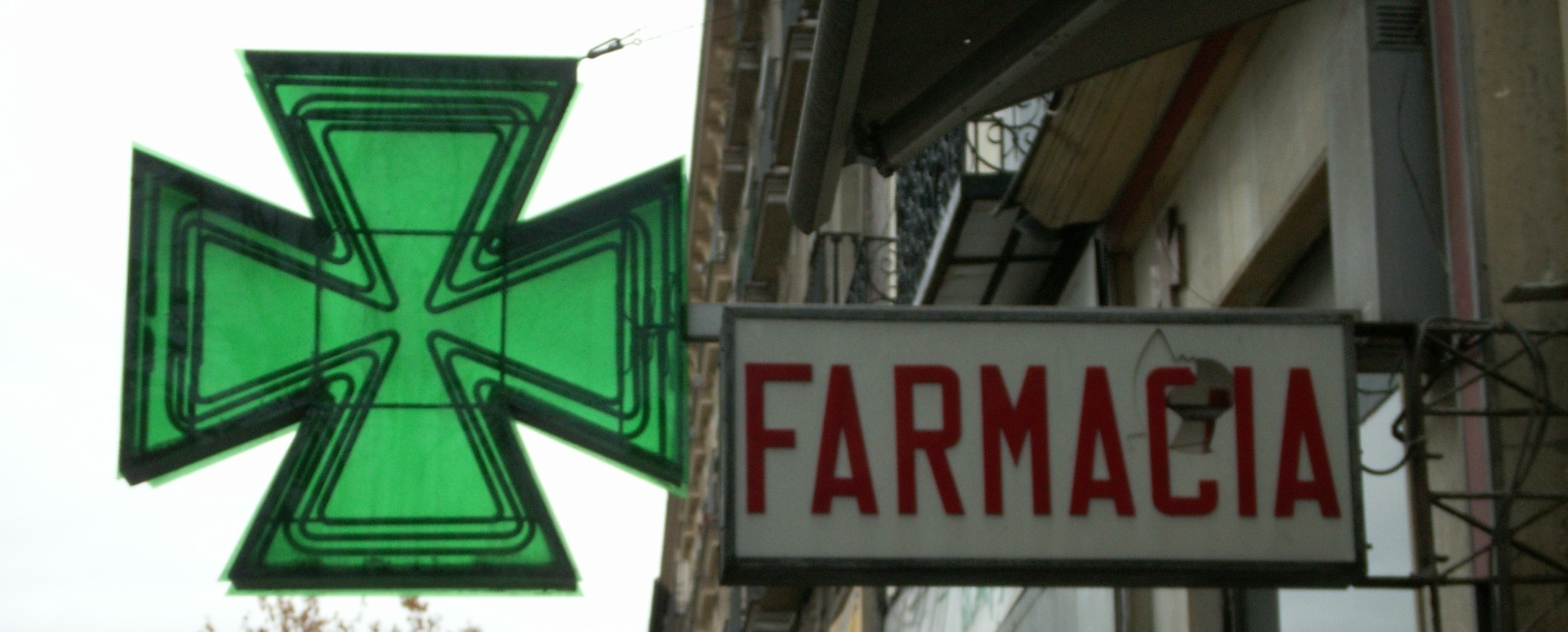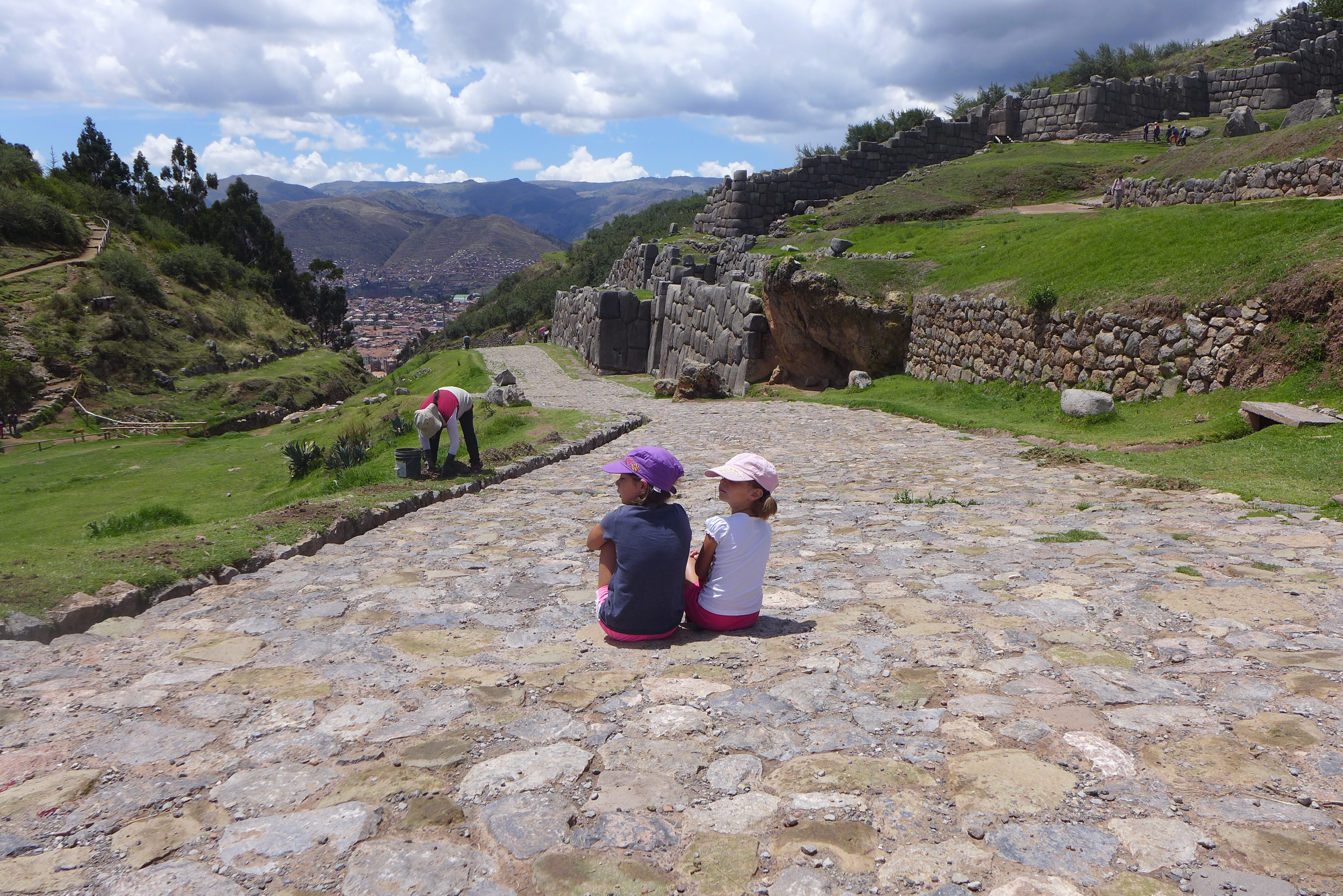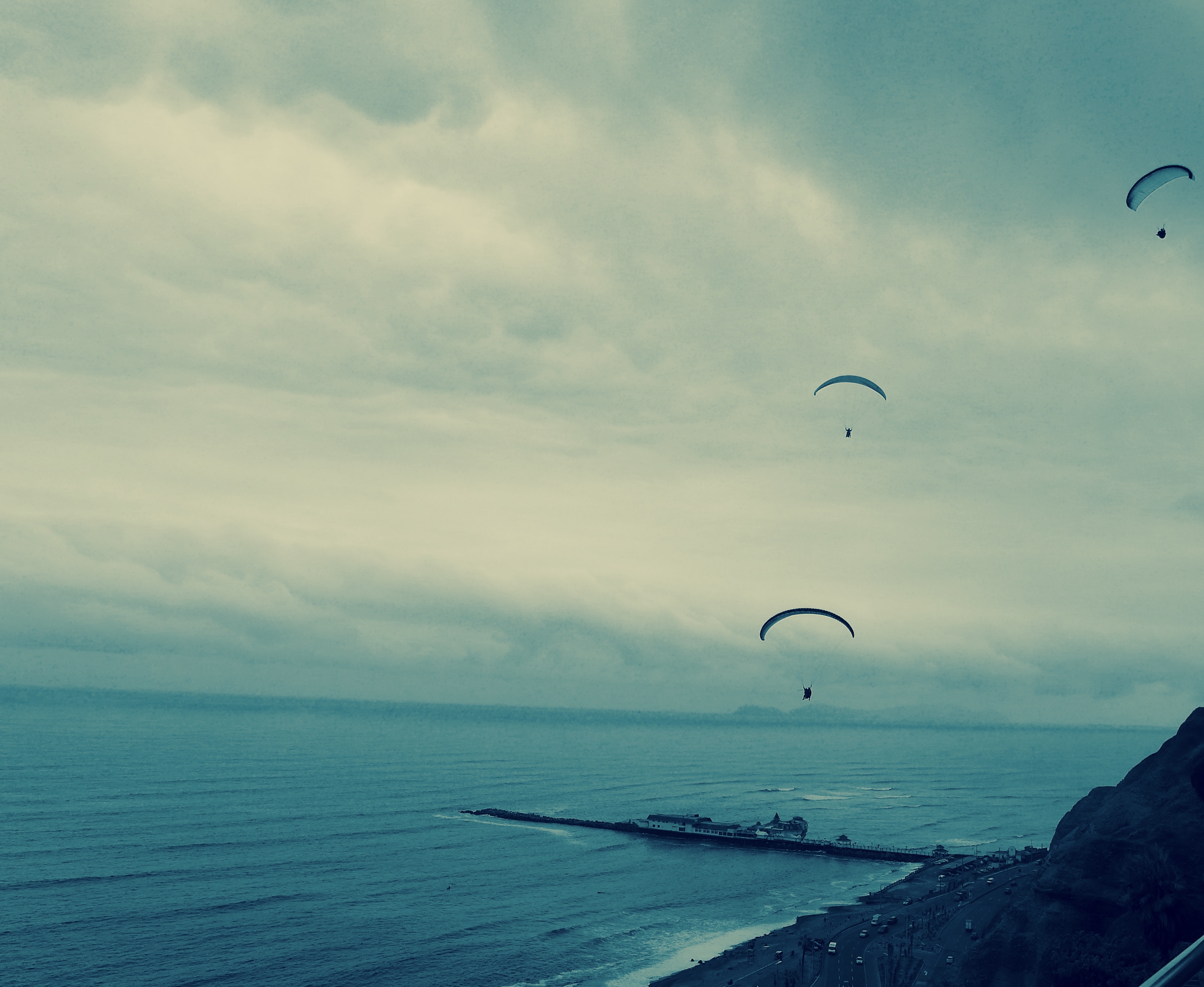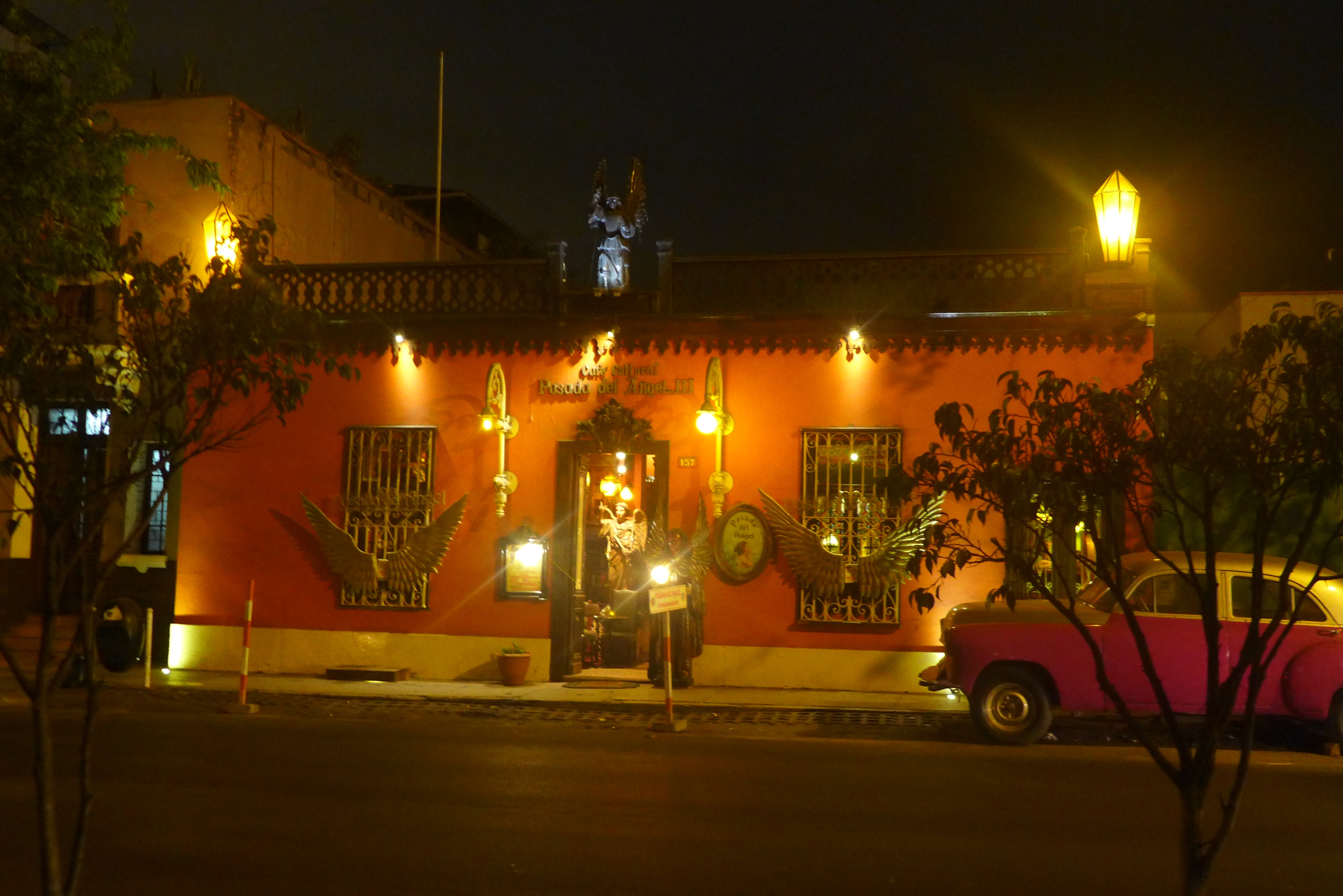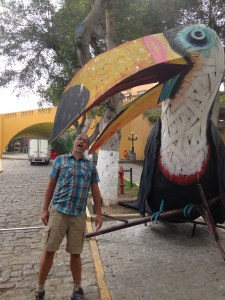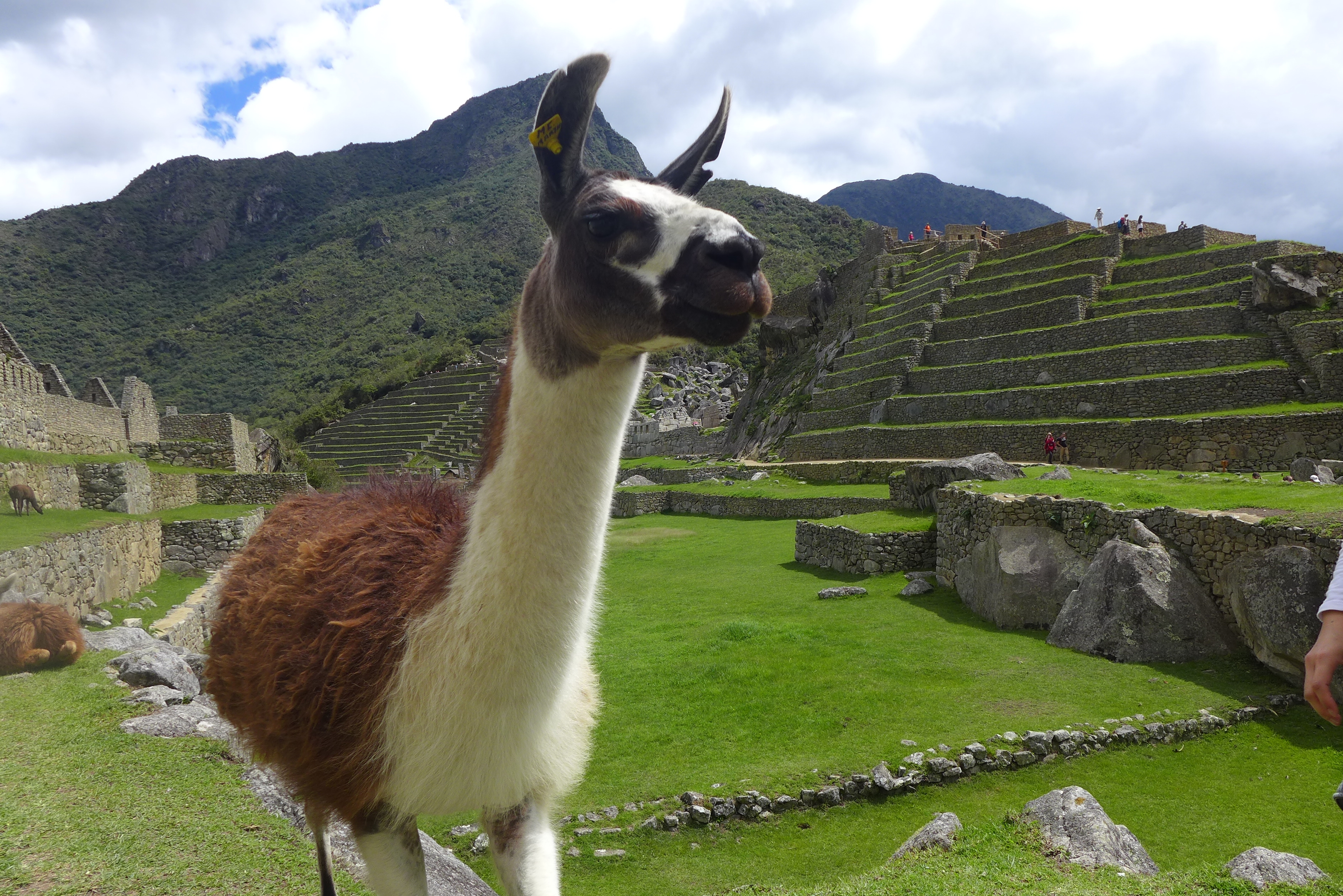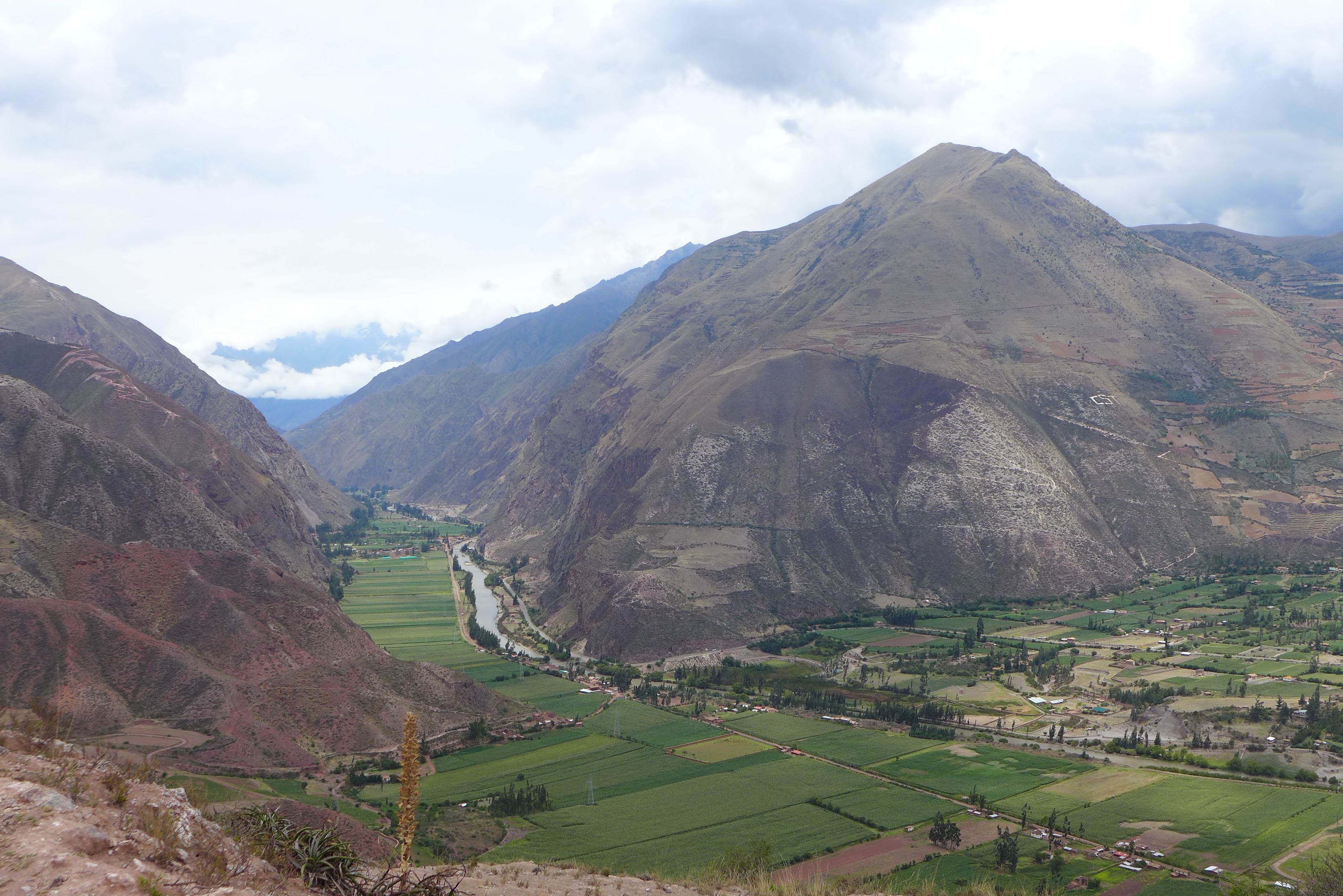Keepin’ It Real: Travel with Kids
Installment #3: Medical Mishaps
….and so I sit on the red twill couch in the sunny living room of our apartment in Sevilla, Spain. My knees propped up with pillows obeying the instructions of Dr. Ruiz from Hospital Universitario Virgen del Rocio, who, after painfully draining it, told me I was not allowed move my knee for at least 24 hours. Jacob took the girls to their art and theater class for me instead of going to his Spanish class this evening because the girls deserve to get out of this house and do something fun. Sitting quietly and obediently at a busy hospital for two hours is a lot to ask of an 8 and 6 year old.
The growing pain and inflammation in my right knee had been haunting the back of my mind since we arrived. Each time we travel to a new destination, my knees seem to get a little inflamed but then it subsides and I am able to keep up with our adventures. So, I thought this is what would happen here too. I ramped up my yoga practice trying to be gentle on my knees, not over tax them. I found an English speaking Physiotherapist/Orthopedist/Eastern Medicine practitioner nearby and made an appointment. I surfed the Internet for an Acupuncturist as a treatment supplement. All while the inflammation grew and grew. The increased walking here could have been the cause or maybe over the last 5 months I have not properly rehabilitated my knee. Whatever the reason, two days ago I could no longer walk without looking like Igor from the movie “Young Frankenstein.” My knee was so inflamed it looked like an over full water balloon ready to spring a leak at any moment then burst.
Jacob immediately relegated me to the couch and instructed the girls to push me around on a rolling office chair if I needed to use the bathroom. He went to stock up on food and walk by an Acupuncture clinic whose website made it seem like they were still in business; however, their email bounced back and the message I heard when I called could have said it is no longer in service but it was in Spanish and so I wasn’t sure. He returned half an hour later with food and news that the clinic was indeed closed down. We spent the afternoon trying and failing to figure out options for English speaking doctors in the area. When that proved difficult, Jacob took to consulting with Dr. Google instead and determined that:
a. I have some strange disease I have never heard of
b. fibromyalgia is causing the inflammation
We decided those weren’t the most hopeful of prognoses and went back to seeking an actual doctor. After a couple of phone conversations with receptionists, the Physiotherapist I had an appointment with later in the week, texted me at 10pm to tell me he could see me at his office at noon the next day and included the address. “Wait”, I thought, “this address looks different than the one on his website, better consult Google again. Hmmm, it isn’t showing me Sevilla, there must be a mistake”. I sent him a text explaining my confusion about the location and thanked him for rearranging his schedule for me. Alas, his clinic was NOT in Sevilla it is in Madrid. He hasn’t practiced here in over 4 years. Great. That’s only a 4-hour car ride or 2 and a half hour train ride away! I immediately started to cry. The pain was getting worse and the fear growing that our broken Spanish would not be sufficient to get treatment and we would have to go home. However, now here I am less than 24 hours later, relishing the relief from the pain caused by pressure in my knee and feeling more hopeful that with proper rehabilitation we can continue our journey.
A Keepin’ it Real blog post about health has been bouncing around in my head for a while now. What better time to write it than after seeking and receiving medical care in a foreign country?? I must admit, I sat in the waiting room of the hospital looking around at the mass of people awaiting their care and witnessed myself experiencing many different emotions. I felt a lot of trepidation about the quality of treatment I would receive immediately followed by a feeling of shame for that thought to come into my mind. I felt relief that we were in Spain and not in Panama or Peru when this happened. There was a sense of hilarity at the situation. For instance, about every five minutes or so, Jacob and I immediately stopped our conversation and strained to understand the name and instructions being said over the loudspeaker. When we were finally called to “Rayos numero dos”, Jacob pushed me in my wheelchair, out into the hall around and around a pole, the girls following behind like obedient little ducklings, trying to determine what the instructions meant since all the doors in the hallway were closed. OH! Of course, silly. It means x-ray! At the moment of our realization, the x-ray technician opened the door to “Rayos numero dos”.
Finally, after the x-ray and initial consultation with a nurse, I lay on the treatment table in the third and final room of our medical adventure and I felt the feeling of vulnerability. No matter the country, no matter the facility, lying on a treatment table in an unknown place is vulnerable; however, I also felt trust. Trust that this man was doing exactly what his education and training had taught him. In fact, looking back, it seemed they were actually more careful about sterilizing my knee prior to the treatment than the fancy sports medicine doctor I saw in the States. I even got a little numbing spray on the injection site prior to being stuck with the giant needle.
Knees aside, the biggest unknown about long-term travel for me is health. How do we stay healthy? If we get sick, how do we get the medications and treatment we need? All blog posts I have read say everyone at one time or another will get travelers diarrhea. So, when Quinn came down with it in Lima I was scared we would be unable to keep her hydrated. Happily, that was not the case. Common sense was our best ally. Even the common cold can foul up plans for exploration. As everyone knows, if one member of the family is ill it is likely to get passed to all.
We battled this type of illness beginning in Urubamba, Peru. It was our first stay in a hostel and there were three other petri dishes, a.k.a. kids, staying there as well. One of which already had a cold. So, you can imagine the cold found its way into everyone in the house then followed us around through the Sacred Valley. Airplane travel is another kind of petri dish so we likely picked up another bug traveling from Peru to Spain. All told, at least one of us was sick for a full month.
Even with all the precautions and immune system boosting protocols, the risk of catching a parasite, virus or bacterial infection is very real. Up to this point in our travels, our experience has showed us that in Costa Rica, Peru, Spain and Paris, one does not buy medications at a grocery store but instead at a pharmacy. Usually, you have to speak to the pharmacist to explain what you need and she/he gets it from behind the counter, even ibuprofen and vitamins. In fact, in many of these countries a trip to speak with your pharmacist is your first course of action. Doctors are reserved for emergencies or when the pharmacist is stumped. One time, in my broken Spanish, I asked the pharmacist for fish vitamins instead of fish oil…oops what’s the word for oil again?? How about the word for fish when it is swimming in the ocean and not in lemon juice on a plate?
Trust is a big factor when it comes to medicine in a foreign country. Can I trust the pill, treatment or advice I receive is the same or as good as what I would find at home, where I am more familiar? I think this speaks to so many issues of diversity. Can I trust the unfamiliar? Can I trust that another culture is as good as or even better than my own or that I just might learn something from that other culture? More aptly can I accept this as a possibility? The experience at the Hospital in Sevilla taught me that yes, I can and at times I must.
The only thing we have to fear is fear itself. – Franklin D. Roosevelt.
Our strategy moving forward is of course, mindfulness and preventative medicine. I need to accept that I have some sort of problem with my knees and listen to them, seek out rehabilitative advice and do it. I don’t want to avoid travel because of the fear of getting sick. I don’t want to make judgments based on secondhand knowledge or assumptions. I want to ask questions and research to find out what is available so I can negotiate treatment in a way that feels safe. Otherwise, I am allowing my fear to grow and fester to an unnatural size and creating a self-imposed barrier to potentially amazing experiences and people.
Some tips to stay healthy:
- Listen to your body and rest when needed. Traveling is tiring and when you are tired your body has less energy to fight off infection. The girls are perfect, at times loud, little gages of when we need to rest.
- Vitamins are important. We are now taking daily multi and “fish vitamins”. Every little thing you carry has to be weighed according to its importance and cost.
- Eat more vegetable soup. We thought we could get our nutrients through eating healthy foods and follow the advice of smart travelers ahead of us, only eating fresh veggies we have washed and peeled ourselves. However, when you are bouncing around a lot preparing your own fresh veggies can get tricky and in some places the risk of parasites on those fresh veggies is very real so you end up skipping it.
- Carry hand-sanitizer everyday. More often than not, there is no soap (or toilet paper) in the bathroom; therefore, I carry around a natural hand sanitizer made from essential oils.

